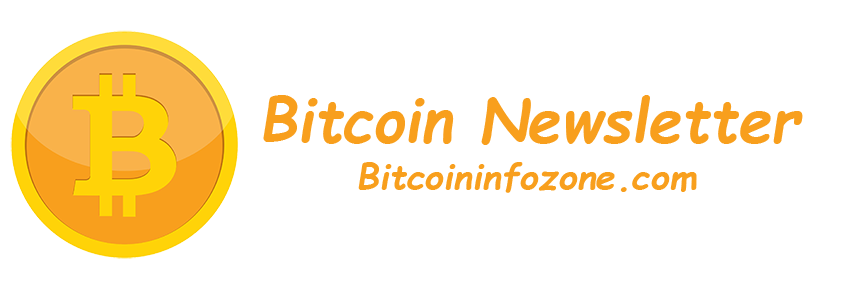Fostering Financial Inclusion via Real-Time Digital Payments

The number of unbanked and underbanked United States consumers is staggeringly high and will continue to rise as a result of the COVID-19 pandemic. Without full and fair access to basic financial services many of us take for granted, as much as 25% of the adult, bankable population in the United States spends a disproportionate amount of their income on exorbitant fees and unfairly high interest rates.
When you layer on antiquated, bureaucratic legacy banking, many consumers face added indiginites, including delays, inefficiencies and hidden costs that make participation in the broader financial system difficult or out of reach.
The solution? Simple. Immediate. Direct.
Enter: blockchain technology and digital assets.
Blockchain technology and digital assets have the power to fundamentally transform the ways in which un- and underbanked people interact with the finance industry. Basic financial services will improve, particularly when it comes to receiving or sending funds electronically, from paychecks to COVID-related economic impact checks.
Cross-border payments, or remittances, are also being transformed; today, they are far more cumbersome and costly for end users than they should be, but blockchain technology is already providing a more fluid, reliable experience for those sending or receiving money around the world.
The Democratization of Access
Currently there are 70 million people within the U.S. and an estimated 1.7 billion globally who live their daily lives outside the financial system. For these individuals, routines we sometimes take for granted — paying bills, cashing checks, sending money to family, building credit — are incredibly time consuming and prohibitively expensive – even if they have enough money to need these services.
How expensive? Well, among those with low incomes and low access to basic financial services, it is not uncommon to spend as much as 10% of disposable income on fees and interest comparable to household spending on food and other basic needs. Given the power of new technology to increase efficiencies and reduce costs, these numbers should — and could — be a lot different.
A study from Imperial College London estimates that just a 10% increase in digital payment adoption can bring 220 million people into the formal financial system who were previously underserved or excluded.
Fortunately, the overall digitization of our world — from smartphones to digital wallets to interoperable payments networks — is accelerating the shift towards real-time digital payments and an increasing number of use cases that take advantage of blockchain technology. It’s still early, but digital asset technologies like XRP are showing tremendous promise. Adoption is increasing and there is a growing realization that fintech can (finally) move the global financial inclusion needle.
The Role of Blockchain and Digital Assets in Real-Time Payments
A digital asset like XRP “connects the dots” between two currencies and makes moving them faster, cheaper and more reliable. Using an expansive global blockchain network like RippleNet can cut the settlement time on cross-border transactions from three days down to a mere three seconds. This has profound implications for accelerating financial inclusion and creating economic fairness and opportunity.
Those facing financial adversity stand to benefit the most from more accessible and affordable real-time digital payments, particularly during (and after) a global pandemic.In response, financial institutions need to be responsive, able to provide consumers with real, usable currency that eliminates delays, inefficiencies and extra costs.
That means no more pre-funding local accounts. Less exposure to volatile FX rates. More liquidity for consumers – more money in their pockets. Capital freed up and available for other, economically empowering uses, like value-added purchases and savings. This is what the future of a more participatory and equitable financial system looks like, and the platforms we need to get us there are available today.
The Path Forward: Achieving Real-Time Digital Payments
Interest, demand and trust in digital payment services is growing — in part due to the ramifications of COVID-19 — but also in response to the emerging consensus that current services do not match the needs of the global market. It is now increasingly clear,, there is a unique opportunity to harness the power of blockchain technology to create a better, more seamless and inclusive financial system.
Banks, financial institutions and governments that are able to embrace digital asset technology and real-time digital payments — particularly in response to COVID-19 — will help usher in an unprecedented new era of financial inclusion.
These first movers and adopters, along with an exploding supporting global ecosystem of complementary financial service providers, will be seen as innovators; not holdouts — or worse, obstructionists. They’ll be seen as builders, not selfish disruptors. And they will be both more competitive and more helpful to a greatly expanded serviceable market of consumers, once out of reach, but now included.
Learn more about how partnering with Ripple and leveraging RippleNet can help you meet increased demand for real-time payments by joining our network here.
The post Fostering Financial Inclusion via Real-Time Digital Payments appeared first on Ripple.
